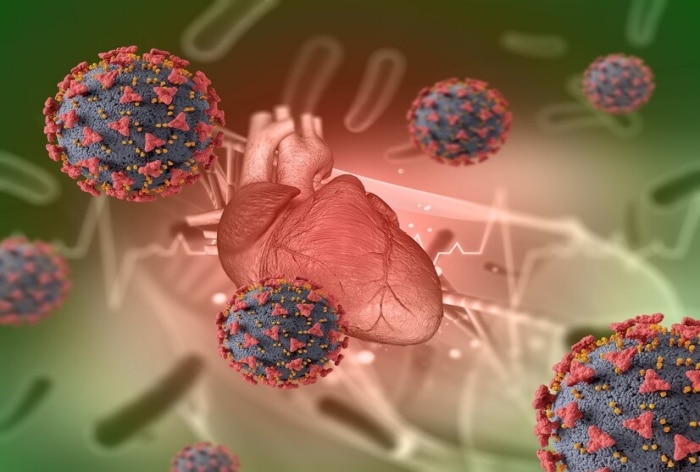Necrotizing Fasciitis is a rare flesh-eating disease. A woman from Scotland mistook for a flu and nearly escaped death after spending days in coma.
Every other day a new disease, or a ‘rare’ infection springs up in the civilisation sounding alarm bells. Recently, a woman from Scotland nearly escaped death after being infected by a rare flesh-eating bacteria called, Necrotizing Fasciitis. We probably never even heard of it, but we must be careful as it can be fatal. According to a report by the New York Post, the infection left the woman with a 20 cm deep wound in her butt. Earlier Jongh Eglin mistook the symptoms for flu only to be put in a coma for nine straight days later.
After episodes of excessive sweating, her husband rushed her to the hospital where she was diagnosed with Necrotizing fasciitis. The doctors informed the family that the 59-year-old only had a 10 per cent chance of survival after she endured three surgeries to remove the contaminated tissue and muscle. She also spent nine days in a coma. “It’s been so traumatic and changed my life forever. I’ve lost (70 pounds) and had to learn to walk again. Even now, I still can’t sit down and have to take a special pillow out with me wherever I go,” she said.
What is Necrotizing Fasciitis? Symptoms to Precautions
Necrotizing fasciitis, often called “flesh-eating disease,” is a rapidly progressing bacterial infection that spreads through the fascia, a layer of tissue beneath the skin. It quickly destroys tissues, including the skin, fat, and muscle. This aggressive infection requires immediate medical attention to prevent serious complications and even death.
Symptoms of Necrotizing Fasciitis:
- Severe pain, often out of proportion to the wound’s appearance.
- Redness and swelling of the affected area, spreading rapidly.
- Warmth and tenderness to the touch.
- Blisters or black spots on the skin.
- Changes in skin color, such as purple or bronze.
- Pus or oozing from the infected area.
- Fever, chills, and fatigue.
- Nausea, vomiting, and dizziness.
- In later stages, the skin may turn black and die, and gas bubbles may appear under the skin.
Precautions to Take:
- Practice good hygiene by washing your hands frequently and thoroughly.
- Clean and disinfect any cuts, scrapes, or wounds promptly.
- Cover open wounds with clean bandages.
- Manage any chronic medical conditions, such as diabetes, which can weaken the immune system.
- Be aware of potential risk factors, such as recent surgery, insect bites, and intravenous drug use.
Seek immediate medical attention if you experience any symptoms of necrotizing fasciitis.
Treatment:
Necrotizing fasciitis requires prompt and aggressive treatment to prevent further tissue damage and potential death. Treatment typically involves Intravenous (IV) antibiotics, surgery, wound care etc.
However, the infection can be fatal if not treated promptly. Early detection and intervention are crucial for successful treatment and recovery. But, it is important to maintain proper hygiene, boost immunity to lead a healthy lifestyle in period of uncertainties.
–>
